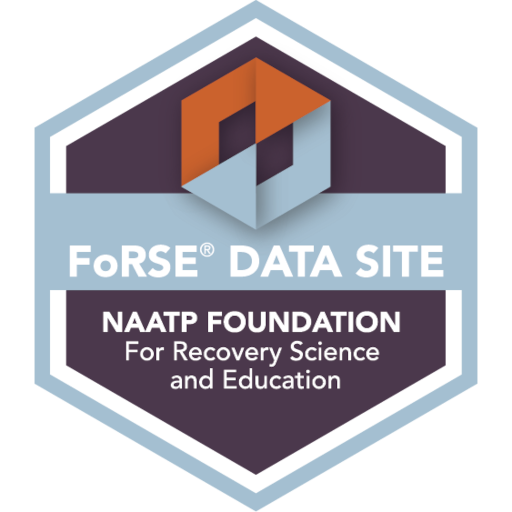Dr. Nicholas Kardaras, Ph.D. (center) was at La Hacienda Solutions in Austin recently to talk about Tech Addiction. Business Development Representative David Hutts is at left.
Allowing a generation of children to get hooked on technology—around-the-clock use of smartphones and other devices, especially for games—is “priming their brains for drug addiction,” says Dr. Nicholas Kardaras, Ph.D.
“We’re compromising their ability to control impulses,” he recently told clinicians during a continuing education presentation at La Hacienda’s Solutions in Austin.
Kardaras, who has written one book, Glow Kids: How Screen Addiction is Hijacking Our Kids and is writing another on current mental health challenges, explained how children’s immersion in violent computer gaming is physiologically detrimental.
He cited a 2011 Indiana University School of Medicine imaging study that recorded the shrinkage in the prefrontol cortex in young males who extensively played e-games with violent themes.
That is the area of the brain that controls a person’s impulsivity, their emotions, and aggressive behavior.
“Ten to 20 years from now, we’re going to see the blowback,” said Kardaras. “We’re creating a generation that is impulse-compromised.”
Afraid to Let Their Kids Outdoors
Kardaras said the problem started when many parents decided it was safer to have their kids play e-games inside rather than go outside.
He cited the 1979 disappearance and probably murder in Manhattan of six-year-old Etan Patz as a starting point. That crime coincided with the start of the 24/7 cable news cycle, so it was prominent in what parents saw and heard around the clock.
With lots of time to fill, cable news often features horrible things that are happening, including crimes against children. And that creates a false but widespread premise for parents’ fears.
“FBI statistics show that now is one of the safest times ever to be a child in the United States,” said Kardaras. “There were some pretty horrific crimes against children in the early part of the 20th century,” but they were not broadcast continuously.
“So, we stuck little Johnny in front of the TV set. Indoor children were safe from an artificial bogeyman.”
More Powerful than Drugs
The treatment of burn wounds is an especially painful process. Burned, dead skin is removed during daily changes of bandages. To decrease the pain, morphine is often administered.
Kardaras told of an experiment at Brook Army Medical Center in San Antonio in which patients were given an e-game, Snow World, to play while medical staff redressed their wounds.
“It’s a fairly innocuous game. You throw snowballs at penguins while a Paul Simon soundtrack playis in the background.”
But playing Snow World worked. One of the patients told Kardaras that while there was still pain with morphine, he felt nothing while playing Snow World.
“That’s good for burn treatment, but if (playing Snow World) is that powerful, what are violent e-games doing to the brains of 10-, 15- or 17-year-olds who are immersed in them for endless hours every day?”
From Hope to Despair
He contrasted a 1996 Newsweek cover story about how personal computers might make children into better students, to a cover story 16 years later about how “connection addiction” is rewiring our brains.
“Our young people are in more psychiatric distress than ever before. Suicide rates have overtaken vehicle accidents as the cause of deaths of teenagers,” he noted. “We now even have a statistic for pediatric suicide. We didn’t have that before.”
“We have a generation crying out for help.”
Treatment and Prevention
Some treatment centers, such as Kardaras’ Omega Recovery Services in Austin, are already offering digital detox for screen addiction. It’s a process that calls for the patient to be “unplugged” for four to six weeks.
Like chemical addiction, the biggest recovery challenge is the transition back to regular life while surrounded by the thing to which they are addicted. Tech addicts need a digital re-entry plan, to slowly reintegrate into life, said Kardaras.
And prevention is the best solution for children and young teenagers.
“Avoid giving kids portable screens or delay the age at which they receive them. … Give young kids something like Legos to play with.”
He also recommended setting one-day-per week digital fasts and establishing times and places where screens are not allowed, such as family meals at the dinner table.
And get them back outside. “There’s something very healing about nature,” he said.




